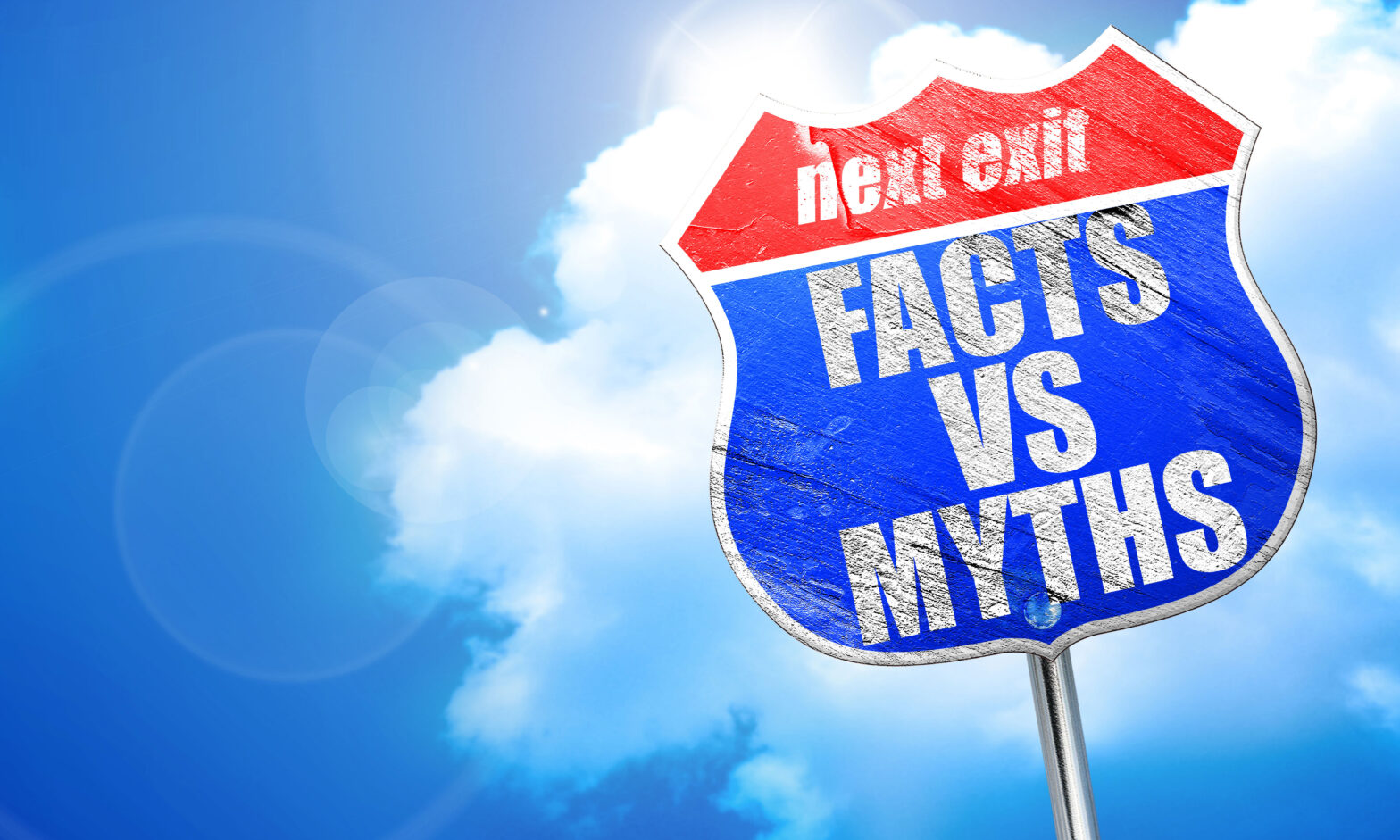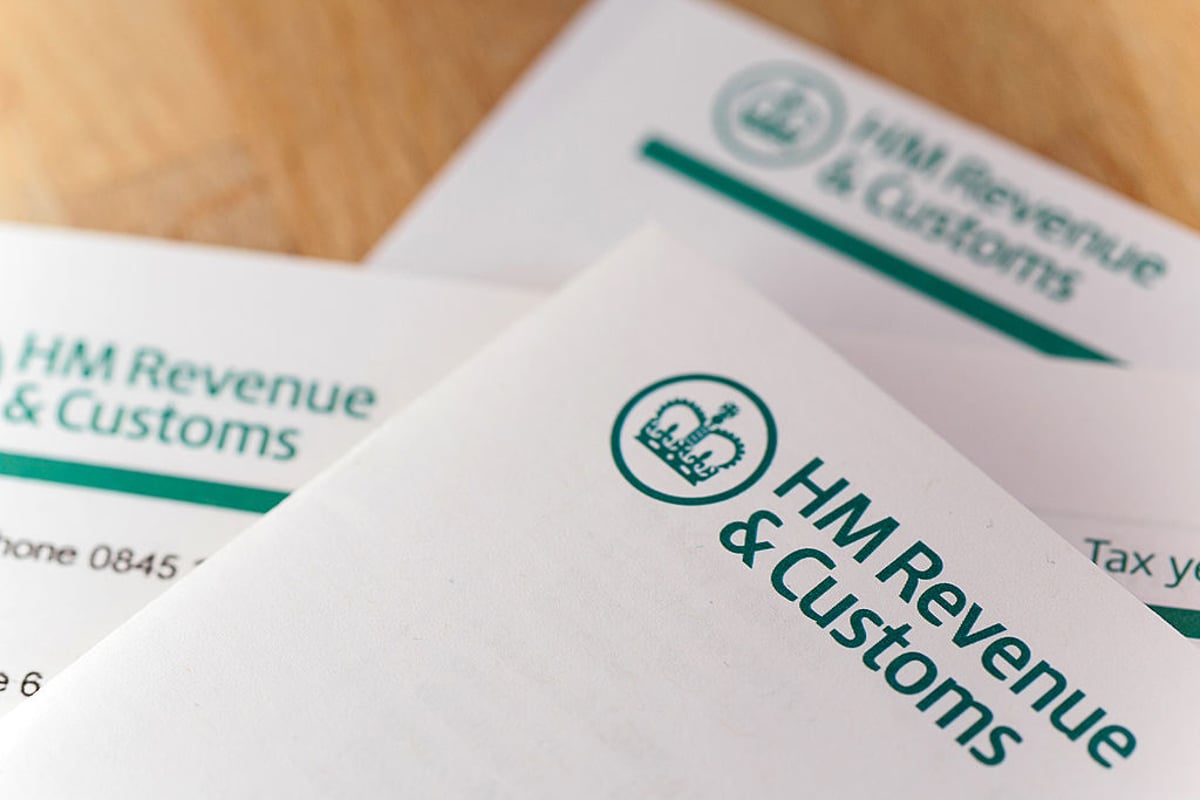Making Tax Digital (MTD) for VAT came into force in the UK on April 1 2019, but many businesses and accountants affected by the new rules are still trying to sort the fact from the fiction. Many are still unsure as to what they need to do to ensure that they are HMRC compliant, and crucially, what will happen if they fail to comply with the new rules.
MTD for VAT was the first major phase in the government’s overall initiative to make tax digital, which is designed to make it easier for businesses to keep on top of their day to day accounting. The legislation was intended to make tax administration more effective, efficient and easier for taxpayers by integrating digital record-keeping and enabling businesses to generate and send updates directly from their chosen accounting software to HMRC.
While the Government’s intention is to bring the days of foraging for receipts and painstakingly checking through spreadsheets or files for accuracy to an end, many small businesses were quite happy with the status quo, and are reluctant to embrace this move towards digital.
What is MTD for VAT?
In very simple terms, MTD for VAT requires VAT registered businesses with annual VAT-able sales of over £85,000 to keep their VAT records digitally and use MTD compatible software (software that is able to meet all the demands of the new MTD rules) to submit their VAT returns.
MTD for VAT April 2022 – what’s changing
It’s been over two and a half years since HMRC went live with its Making Tax Digital (MTD) for VAT pilot. Since April 2019, UK businesses above the £85,000 VAT threshold have been tasked with processing their returns digitally.
From April 2022, business owners who charge VAT with a taxable turnover below £85,000 will need to comply with Making Tax Digital. This phase of MTD for VAT will affect approximately 1.1m small businesses.
What this means for small business owners
Small business owners still submitting VAT via the HMRC portal or post will soon have to maintain records digitally and file VAT returns through approved software. Otherwise, they could be hit with unwanted fines – an unwelcome addition to the plethora of challenges already facing them.
Ahead of the April 2022 deadline, it’s crucial that impacted businesses begin their MTD for VAT preparations now. Even for non-VAT registered businesses and landlords, who have until April 2024 to become compliant with MTD for Income Tax (ITSA), it’s never too soon to put the right practices and infrastructure in place.
Current VAT penalties
Missing a VAT deadline triggers a 12-month period during which you may be required to pay a surcharge on top of your existing VAT bill if you continue to miss deadlines. The value of this surcharge will depend on how many times a VAT payment is missed.
Other VAT penalties that apply under MTD are:
- Sending a VAT return that contains a careless or deliberate inaccuracy can result in a penalty of up to 100 per cent of any tax under-stated or over-claimed
- Failing to alert HMRC within 30 days if you send a VAT assessment which is too low can result in a penalty of up to 30 per cent of the assessment
- Submitting a paper VAT return can result in a penalty of up to £400 unless HMRC has granted you an exemption from submitting an online return
How to get ready for Making Tax Digital
The following checklist can help guide small businesses towards MTD compliance:
#1 – Know your deadlines and what MTD means for you
It’s important that businesses do their research into the legislation and help get their leadership teams up to speed. There’s a lot of helpful information out there but it can be difficult to know where to start. That’s why HMRC has created its own MTD for VAT page, which provides useful insights to help businesses find out whether they apply, how they can sign up, and more.
If businesses pay their VAT in quarterly periods, their deadline for VAT is usually one month and seven days after the end of the VAT period, including the time for the payment to reach HMRC. However, those using the Annual Accounting Scheme will have different deadlines. For those who aren’t sure, HMRC has a free VAT payment deadline calculator, which is a tool to check when returns are due.
#2 – Speak to your accountant or bookkeeper
Given the number of challenges facing small businesses, it can be easy to place a new digital tax scheme at the bottom of the pile. April 2022 may seem like a long way off, but now is the perfect time to lean on your accountant or bookkeeper to help. They can advise you on how and when to digitise your paper-based system.
#3 – Research your software options
HMRC will ask for a number of digital records to be kept – from business name, adjustments to returns, rate of VAT charged on supplies made, and more. While businesses can use spreadsheets to calculate or summarise VAT transactions and work out what information they need to send to HMRC, they’ll need to use compatible software to actually send it.
Unless you have a legal exemption, HMRC will only accept VAT returns sent using approved MTD software. It’s a good idea to begin the search for a supplier early – this list will help narrow down the search. This software should seamlessly pull information from businesses’ digital records to submit returns, saving time that can be better spent running the business.
This shouldn’t be seen as a burden or simply an additional cost. Although mandatory for compliance, this software can help small businesses optimise processes, spark wider digitalisation and ultimately improve cash flow.
Although every organisation has its specific needs, businesses should ensure the software they choose ticks the following boxes:
- Automatically calculates the tax you owe (including VAT and payroll tax)
- Pulls transaction data straight from the bank, invoicing software, or POS system
- Updates transactions every day, allowing firms to stay on top of bank reconciliations
- Creates digital records of paper receipts by photographing them with an individual’s mobile
More on MTD for VAT
>See also: 9 accounting software platforms for Making Tax Digital





